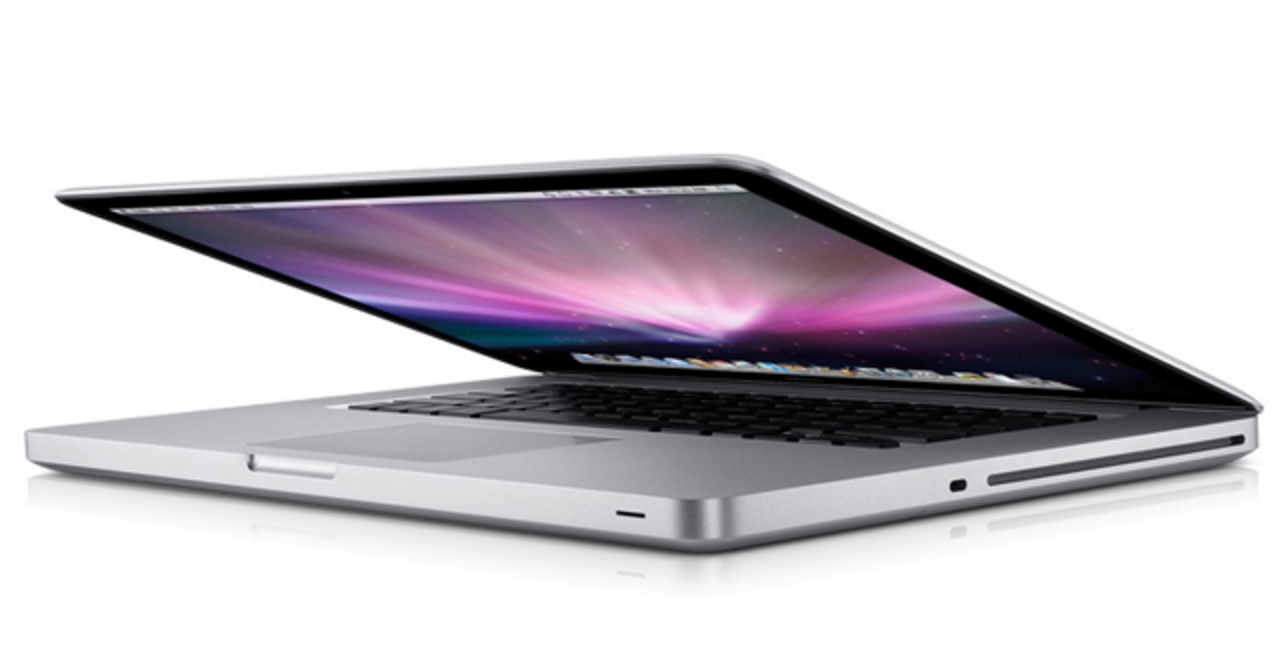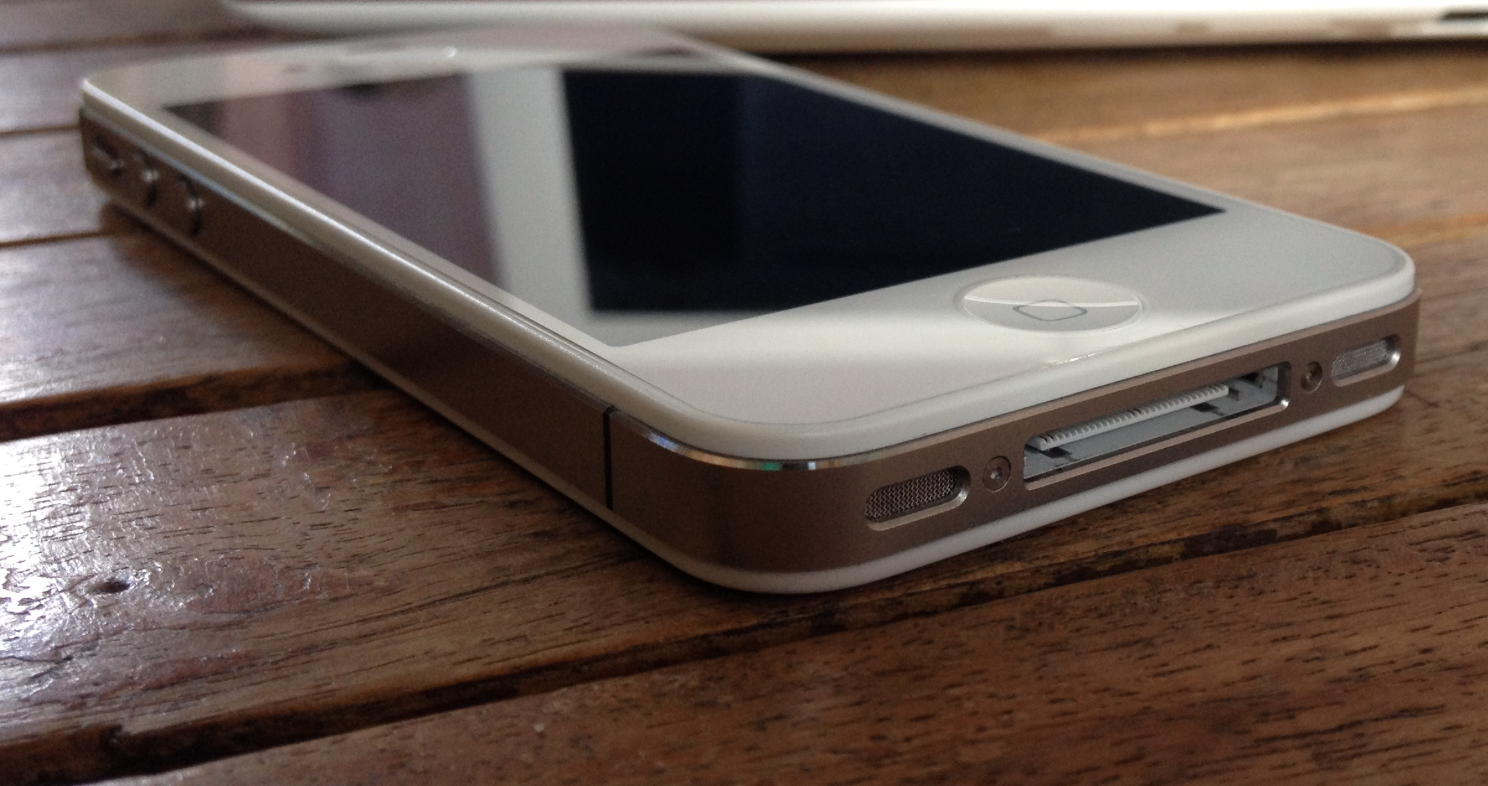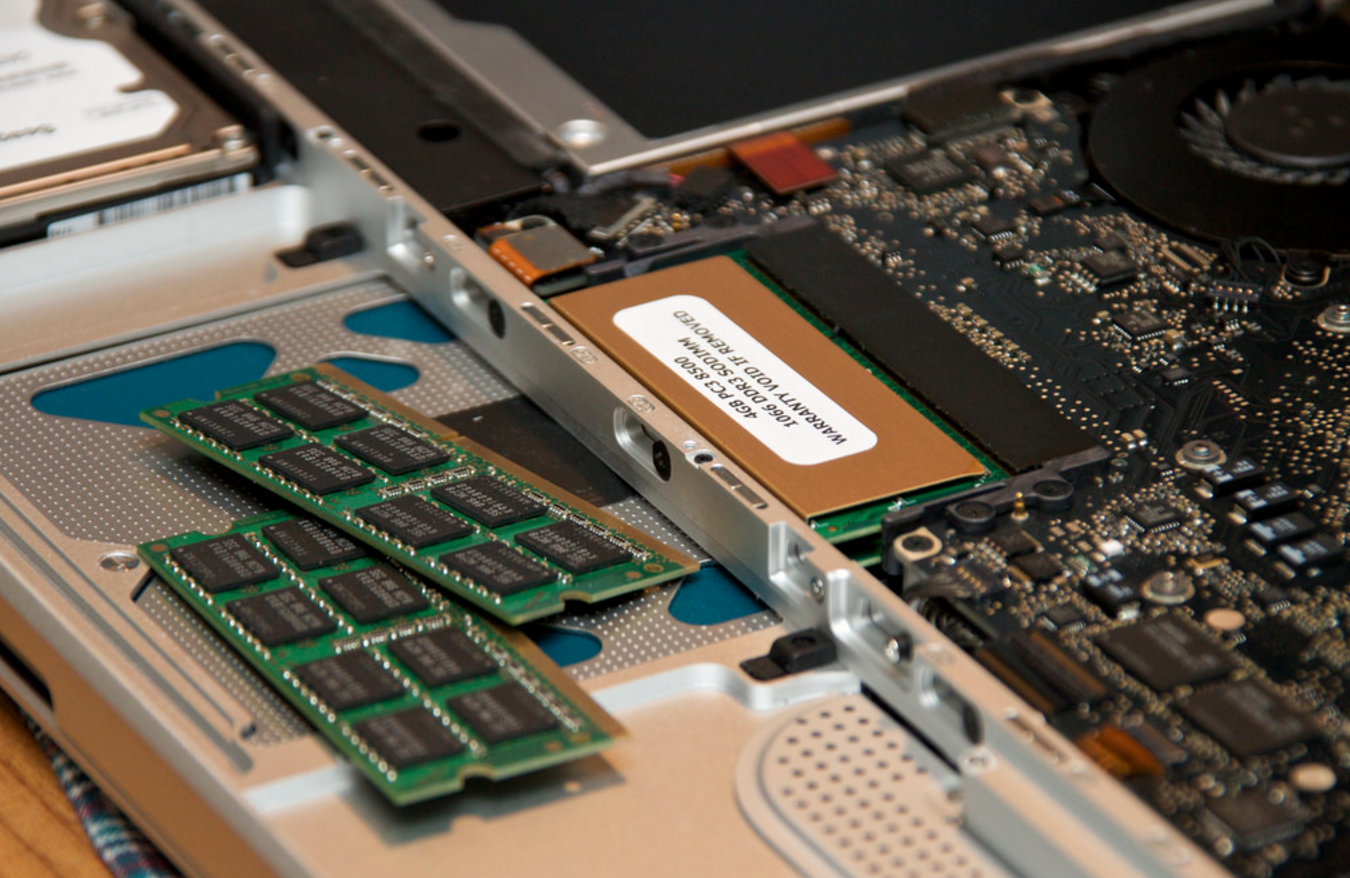5 Controversial Technology Choices That Apple Was Right About

The iPhone 7 hasn’t got a headphone jack for you to plug your headphones in. That means many peripherals will need replacing and the world is almost certainly going to end. Probably. Ok, so the removal of the headphone jack isn’t ideal right now. I might remember the days when cell phones didn’t even have conventional headphone jacks, but I’ve become accustomed to their inclusion now.
Change is difficult. It always is. This isn’t the first time that Apple has done away with features that we’ve come to rely on, though. We don’t want to pretend that Apple has always been right in the long run about technology (remember FireWire?). However, the big Apple has often made controversial moves in pushing the consumer tech industry forward.
So here’s a look at a few other drastic changes it has implemented, and why it all turned out (mostly) just fine.
1. Physical keyboards
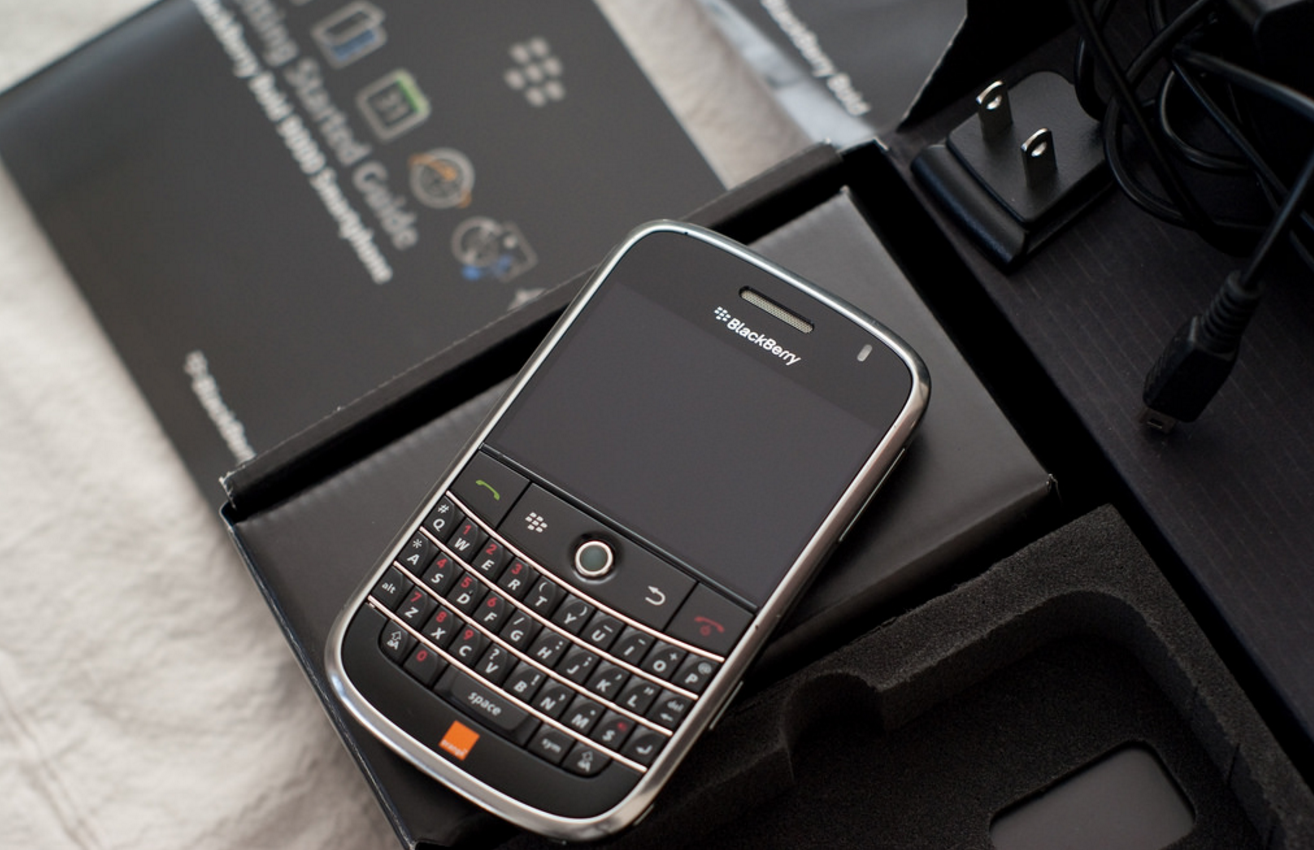
Image courtesy of Flickr user Jack Lenox.
One of the biggest challenges the iPhone had when it was first introduced to audiences in 2007 was the removal of the physical keyboard. It might be hard to transport yourself back into the mindset of people nearly ten years ago, but there were huge doubts that a touchscreen keyboard could replace people’s love for devices like the BlackBerry.
However, thanks to the technology behind the accuracy and sensitivity of the original iPhone’s touchscreens, we all said goodbye to those clunky old keyboards and never looked back.
2. The floppy disk drive
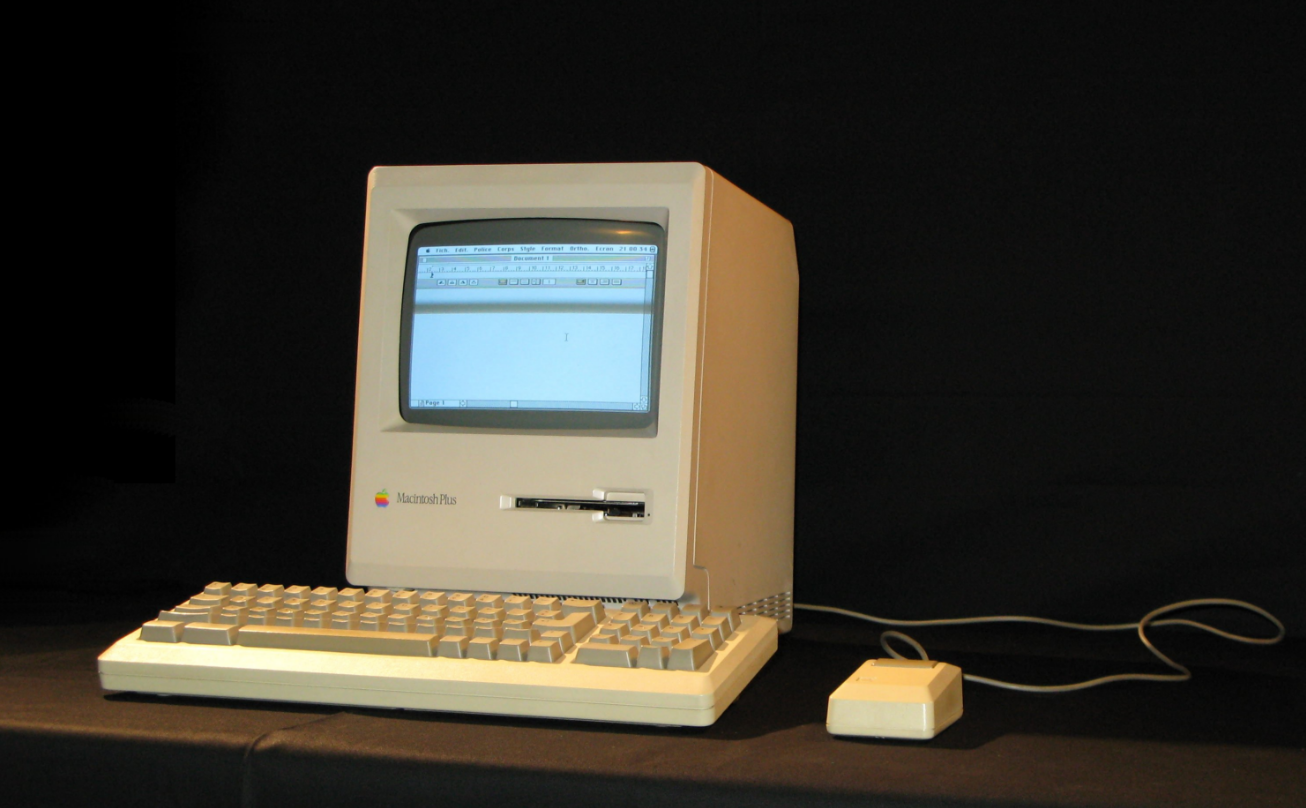
Apple didn’t kill off the floppy disk drive alone, but its design choices certainly hastened its departure.
-

-

-

-

-

-

-

-

-

-

-

-

-

-

-

-

-

-

-

-

-

-

-

-

-

-

-

-

-

-

-

-

-

-

-

-

-

-

-

-

